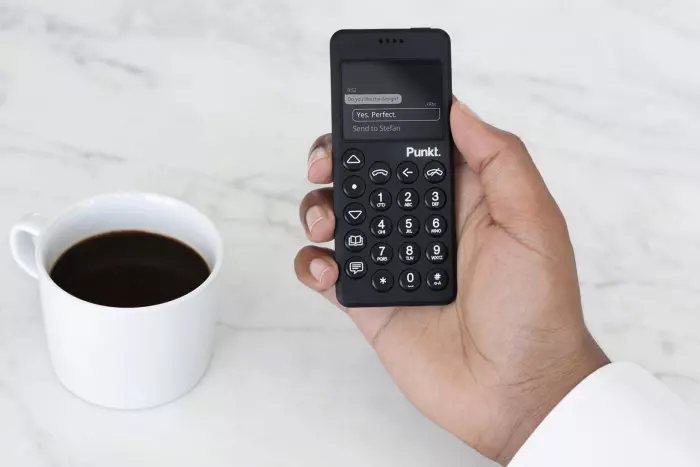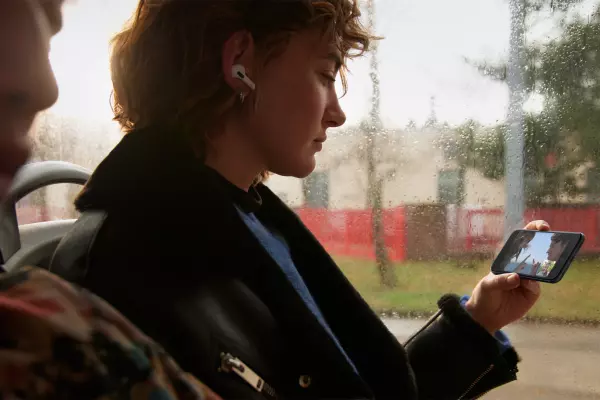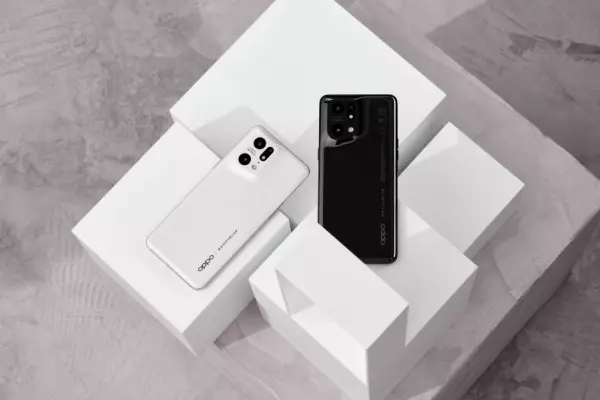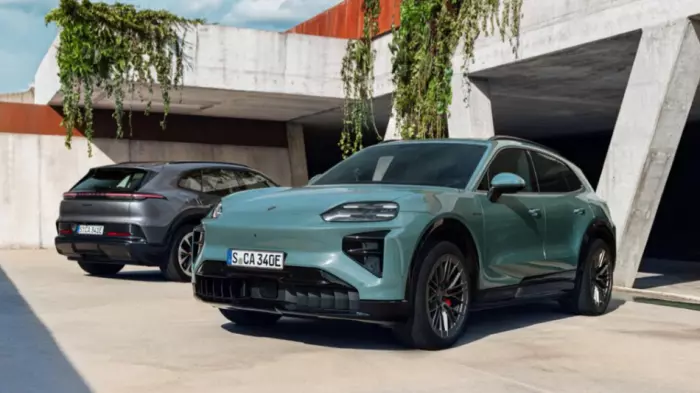Do you remember a time before your smartphone? Well, of course you do, but can you remember not relying on your pocket computer for everything?
You used to get taxis without Uber, go to restaurants without googling them first, drive to your mother-in-law’s without using a maps app. Check the rugby score in the paper.
As we rely increasingly on the glass slab in our pocket or bag to help us through our daily digital lives, a growing number of people are trying to disconnect by buying what are colloquially known as “dumbphones”, as opposed to smartphones.
Though they’re harder to find in New Zealand than in Europe, where basic Nokia-branded phones sell for less than the equivalent of NZ$20, you can still go to the Warehouse and buy a flip phone that just does calls and texts.
Two companies, Light and Punkt, have evolved this trend by making and selling premium dumbphones; they cost from US$300 to US$399 (NZ$440 to NZ$590) and can perform only basic functions, but are well-designed, well-built aspirational products.
The firms prefer the term “voice phone” to dumbphone because they don’t think they are that dumb, and yes, both ship their products to New Zealand.
I’ve been swapping my SIM card between the Light Phone 2 and Punkt MP02 to see if they work well, and if living without Google, WhatsApp, and email in my pocket all day is enough to make me break down and cry.
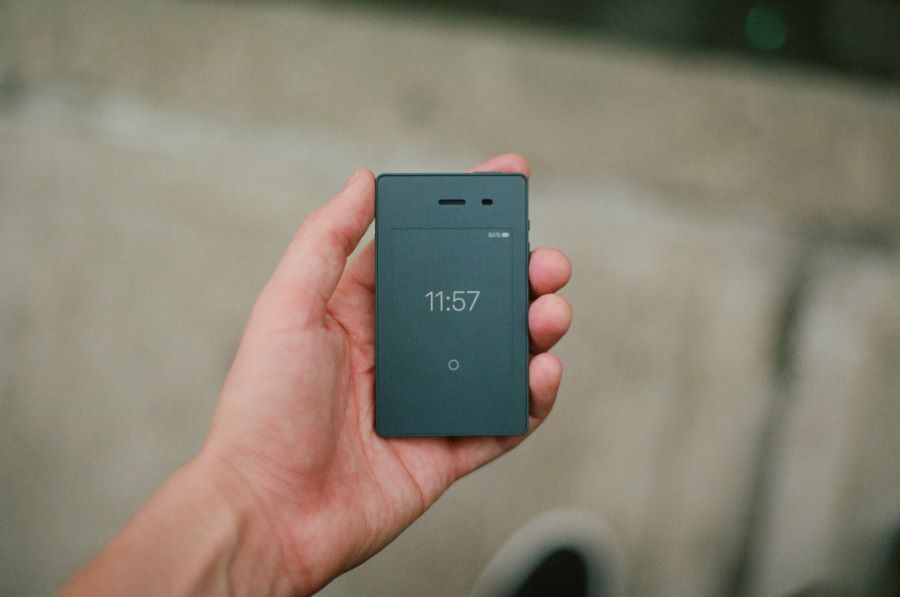 The Light Phone 2 has an e-ink screen.
The Light Phone 2 has an e-ink screen.
Intentionally simple
Light is based in New York City and was set up after co-founders Joe Hollier and Kai Tang met at a Google-run programme in 2014. The company released the original Light Phone in 2017 via Kickstarter which had light-up touch-sensitive buttons, no screen, and could only make and receive calls.
The Light Phone 2, launched in 2019 and currently selling for US$299, has an e-ink screen like an e-reader and can handle calls and text messages and be used as a 4G hotspot. It also has a growing number of additional “tools” the company develops continuously that users can add to or remove from their device via an online dashboard. These include a podcast player, music player, and directions, and all work surprisingly well.
“The Light Phone 2 is an intentionally simplified cell phone that's designed to be used as little as possible,” Hollier told BusinessDesk. “It strives to give people the peace of mind that they have a phone and these essential utilities that we've come to accept in a phone, without bringing the entire internet and computer that a smartphone really is.”
It’s a lovely object with a pebble-like matte finish and nice weight. It’s tiny compared to any modern smartphone or even my Nokia brick from back in the day.
Calls sound clear but texting is tricky. The keyboard appears horizontally as you type, which is slow because of the e-ink screen’s responsiveness. Hollier said this slowness makes people call instead of sending texts, which encourages proper human connection.
In my use of the phone, I found this to be true. We’ve all got so used to the immediate back and forth of instant messaging on platforms such as Facebook Messenger, WhatsApp, or iMessage that slowly poking out a short SMS on a black-and-white constantly refreshing screen feels sluggish.
When I called people, they immediately asked what was wrong, which highlighted how little I ever call anyone to catch up. I tried to do it more, they kept asking what was wrong, but I got some nice chats out of it.
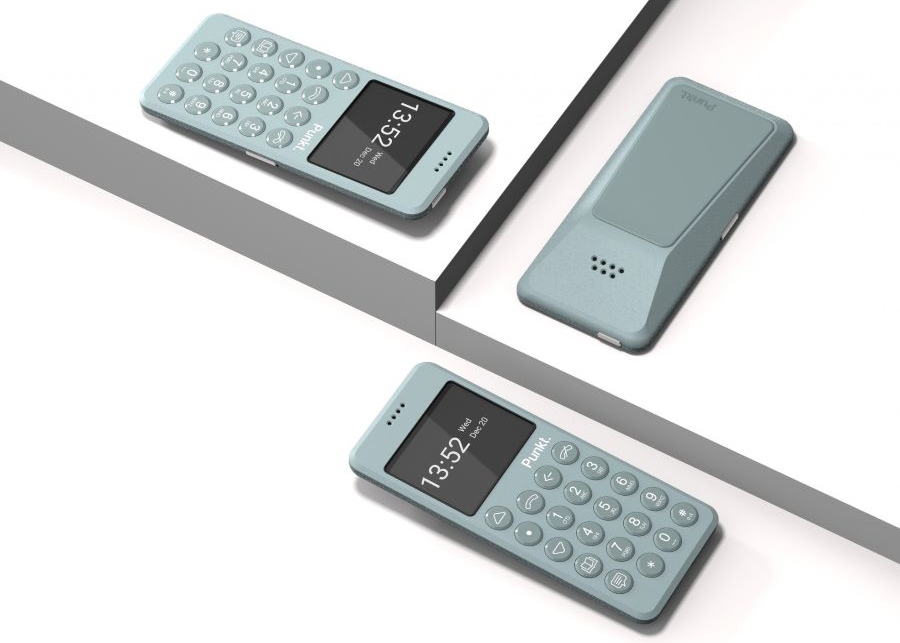 The Punkt MP02 features a wedge design for comfort and utility while making calls.
The Punkt MP02 features a wedge design for comfort and utility while making calls.
Rabbit hole
Punkt is based in Lugano, Switzerland, and released the Punkt MP02 (that’s “mobile phone number two”, its second phone) in 2018. The company relaunched the device late last year with a few hardware and software upgrades and dubbed it the “new generation”.
Chief executive Petter Neby said products like the MP02 are important as humans go increasingly down the rabbit hole of technology dependency. “It’s really a product about not what it does, but what it doesn’t do.”
It’s a lovely item that costs more than the Light Phone 2 but looks and feels more premium. The wedge design was dreamed up by esteemed English product designer Jasper Morrison and is clearly meant for comfort and utility as a phone for talking.
Call quality is top notch, as is the loudspeaker, but there’s no touchscreen. Brilliantly tactile circular buttons allow for navigation and T9 texting like its 2002 again.
Punkt has also developed Pigeon, its own app that lets you use Signal, the encrypted messaging service. The company had to work with Signal’s open-source code to make it work, but work it does for encrypted messages and voice calls – handy if you want to communicate internationally.
Both phones lack colour displays and cameras so you can’t send pictures, neither deals very well with emojis, and you can forget GIFs. If someone sends you a picture message or web link on the Light Phone 2, these can be forwarded to your email address.
Hollier said the biggest resistance he hears to using the Light Phone 2 is “What if …?”, when people say they might need email, a camera, or other apps during the day. They say that for the same price they could buy a cheap Android phone that does more.
“Those people are kind of missing the point,” he says.
I found people forgot I was only using SMS, so at the end of the day I’d get back to a smartphone full of messages on other platforms.
In New Zealand, the Light Phone 2 is confirmed to work with Vodafone (the network I tested it on) and Spark, but not 2degrees.
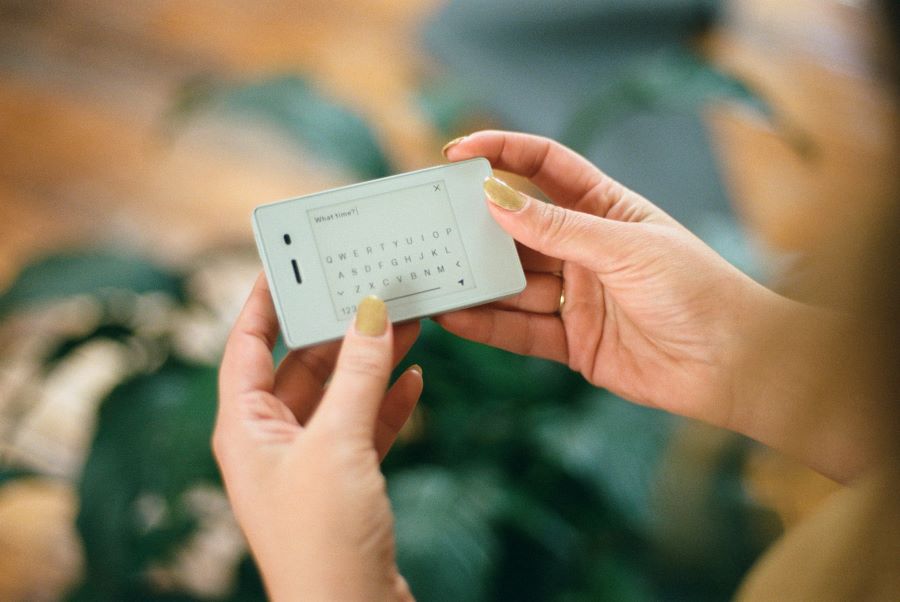 The Light Phone 2 displays a horizontal keyboard for texting.
The Light Phone 2 displays a horizontal keyboard for texting.
Breaking free
I found battery life to be very poor when in my home, which appears to be a problem shared by some Light Phone users on the passionate Reddit page for the device. When the little phone must keep pinging cell towers for coverage in some areas, the battery drains more. That meant I couldn’t use the phone without having to charge it twice a day via a micro-USB cable. As a small start-up, Light simply cannot fix such user-specific, country-specific bugs.
The Punkt MP02 fared a lot better, and I got two and sometimes three days on a charge before plugging in via the more modern USB-C. Both phones let me tether my laptop to their 4G connections to get online when I needed, though this also runs the batteries down quickly.
I didn’t get the constant barrage of notifications on WhatsApp, text, news app, or Teams while I was trying to concentrate and, lo and behold, I could focus more on work. But the fear of missing out on something is real – my smartphone really has a hold on my brain.
“You realise, when you take out all the social media and news and things, how little actual things are going on in your phone,” Hollier said.
“The biggest frictions people describe are adjusting to the boredom of, “okay, now I'm waiting for the train and everyone else is staring at their phone, and I'm here twiddling my thumbs.’”
Although I initially felt as though I needed to check my smartphone, after a few days I knew that I wouldn’t be missing anything. If a colleague really needs my immediate attention, they call me anyway. When waiting for and riding the bus, I read. I read four books in January, far more than I had in any previous month.
Punkt’s Neby said that when he went skiing recently, his guide said his most common clients were parents who wanted to get their children away from their smartphones.
“In the good old days, it was getting to the mountains, having fresh air, and all of that. Now it is about getting out from the smartphone and having a full day skiing, being physical.”
I personally subscribe to the message Light and Punkt are pushing. Being more intentional with our use of technology can make us more productive, stop us doomscrolling social media, and connect us more meaningfully with family and friends.
But while using the phones, I needed to catch Ubers, show my vaccine pass at restaurants, and do online banking in a pinch. I could, of course, call a taxi, print my pass, and get out cash, but it turns out relatively new habits die hard.
Buying into the voice phone lifestyle is attractive, but you’ll have to change more than just your handset.


